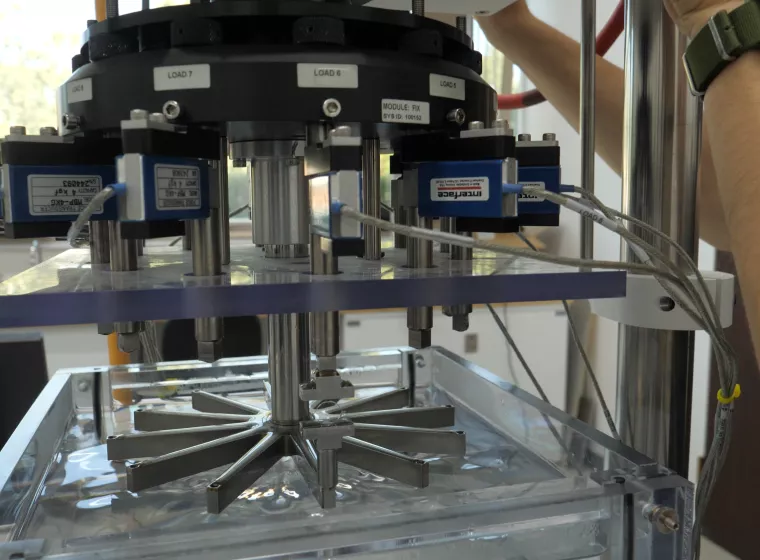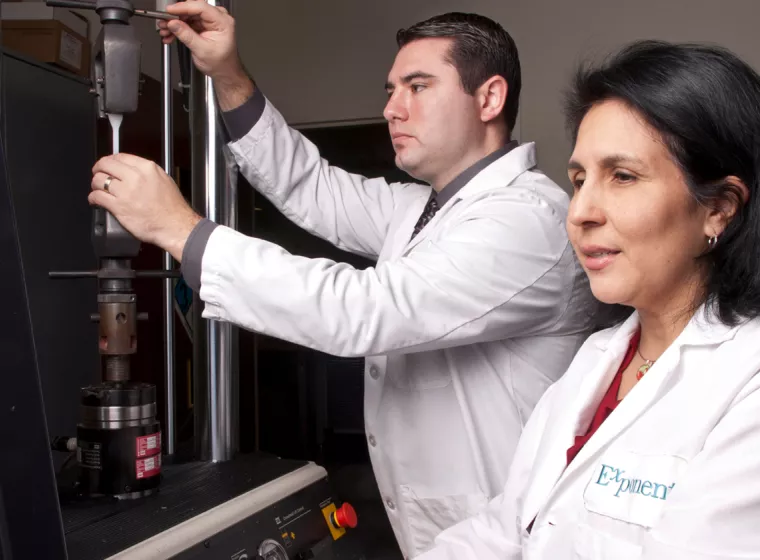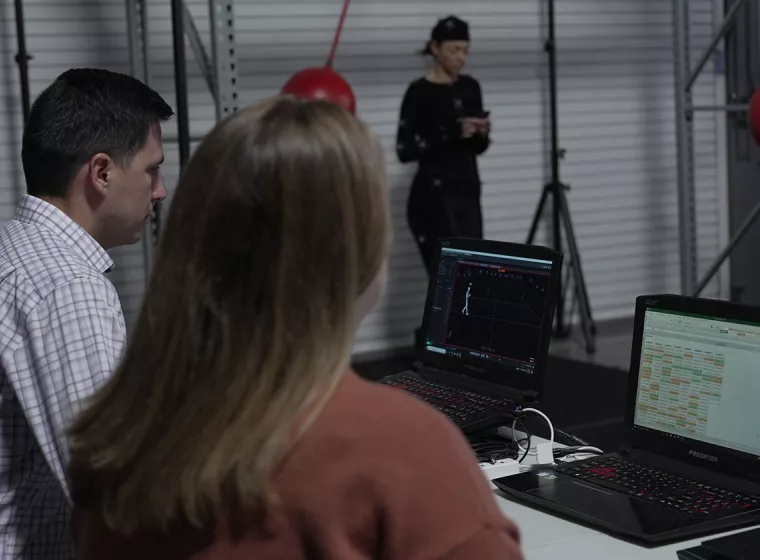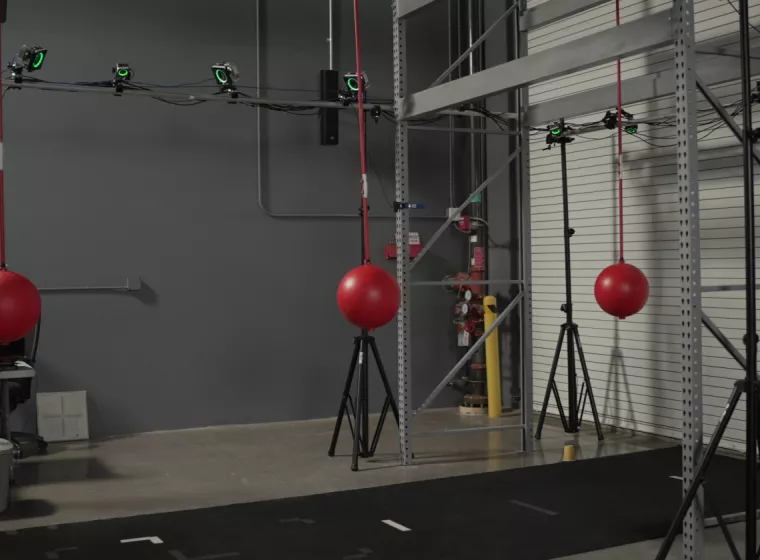March 25, 2024
Major revision to human factors engineering guidance for the design of medical devices slated for release later this year
In February 2024, the Association for the Advancement of Medical Instrumentation (AAMI) and the Food and Drug Administration co-sponsored the inaugural AAMI Nexus Medical Device Standards Conference, discussing a variety of standards-related topics, including upcoming revisions to current standards, guidance, and recommended practice documents.
According to AAMI members and contributors to HE75, which guides human factors usability engineering standards, a major revision to ANSI/AAMI HE75:2009/(R)2018 Human factors engineering — Design of medical devices is expected to be released later this year. This recommended practice document provides medical device manufacturers with information on fundamental practices for human factors engineering and design guidance for medical devices.
Consistent with FDA's 2016 Human Factors Guidance, the updated HE75 is expected to focus on identifying and mitigating "use error" in the design and risk assessment of medical devices. Currently, FDA recognizes the majority of HE75, with the exception of Section 5, which discusses usability testing, but the agency is expected to recognize the 2024 revision in its entirety.
The conference session leaders also indicated that the 2024 HE75 document will include significant revisions and updates, with each section featuring approximately 40-50% new content based on guidance from multiple human factors documents, including AAMI TIR 51 (Human Factors Engineering — Guidance For Contextual Inquiry) and AAMI TIR 59 (Integrating Human Factors Into Design Controls).
Overall changes to the HE75 document are expected to include improvements such as consistent terminology and formatting, updated references, improved illustrations, and greater clarity. Key updates to specific sections are anticipated as follows:
| Section | Topic | Key changes |
| 5 | Managing the risk of use error |
|
| 8 | Environmental, organizational, and structural issues |
|
| 9 | Usability testing |
|
| 10 | On-device labeling |
|
| 11 | Instructional and training material |
|
| 25 | Devices used in non-clinical environments by laypersons |
|
| 26 | Integrated systems |
|
| 27 | Combination products |
|
For medical device manufacturers, incorporating the information expected in this update could help reduce the potential for use errors early in the design and development process. The updated document is also anticipated to provide a variety of tools to support:
- Identifying initial design specifications based on human capabilities and limitations
- Assessing usability and identifying use-related risks during the design process
- Designing and executing human factors validation testing for premarket submissions
What Can We Help You Solve?
Compliance with HE75 updates will likely require consideration of factors that may not have previously been included in the medical device design process. With Exponent's human factors and regulatory expertise, medical device manufacturers can integrate the guidance updates through usability evaluations, validation studies, use-related risk analyses, and regulatory support.
Insights






![User Research & Testing [HF]](/sites/default/files/styles/cards_home_card/public/media/images/GettyImages-1338374024.jpg.webp?itok=bBXBoCIg)




